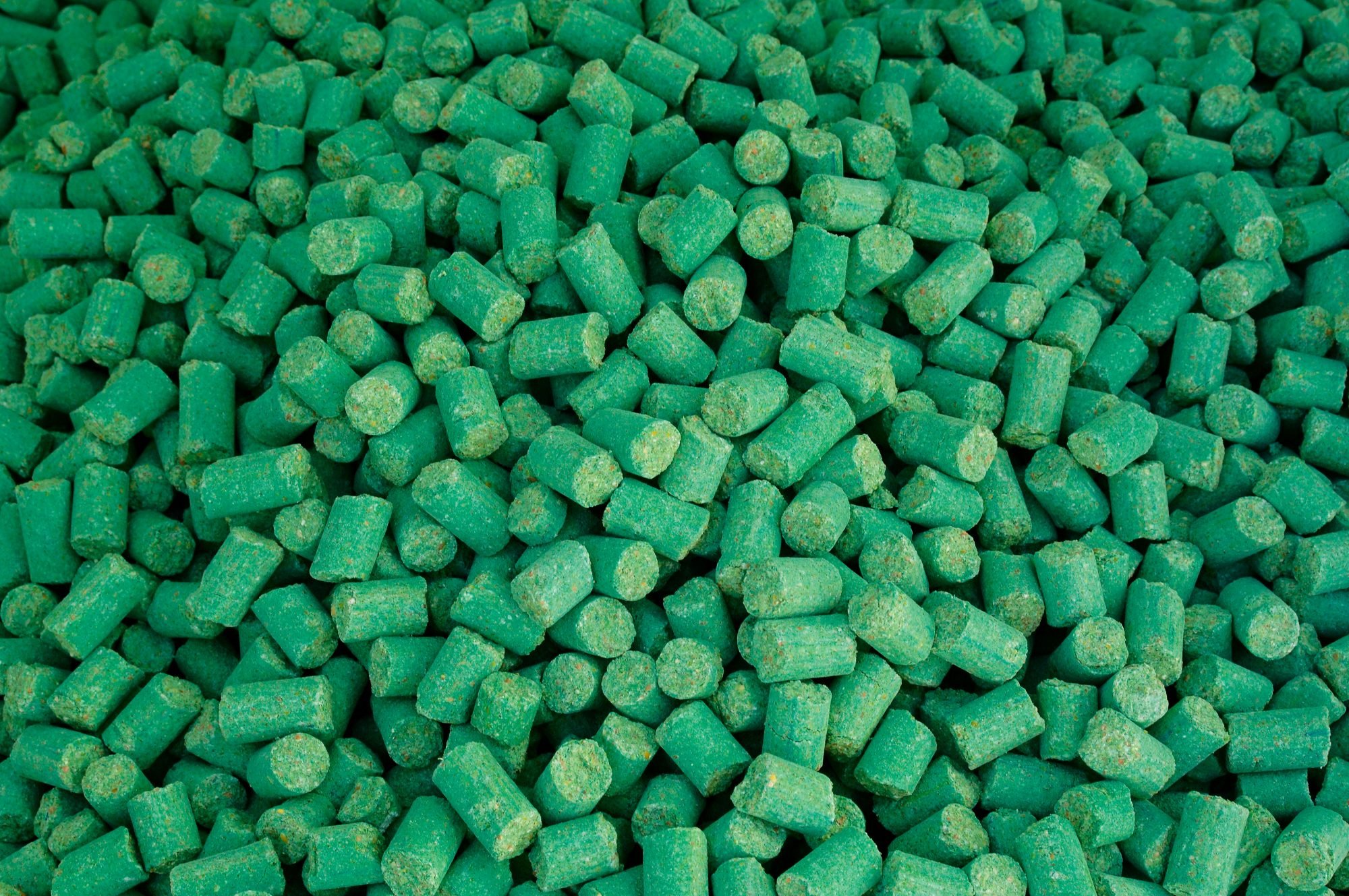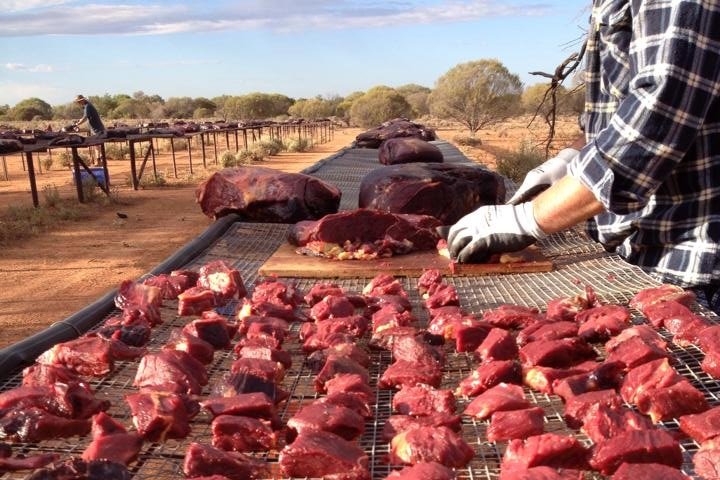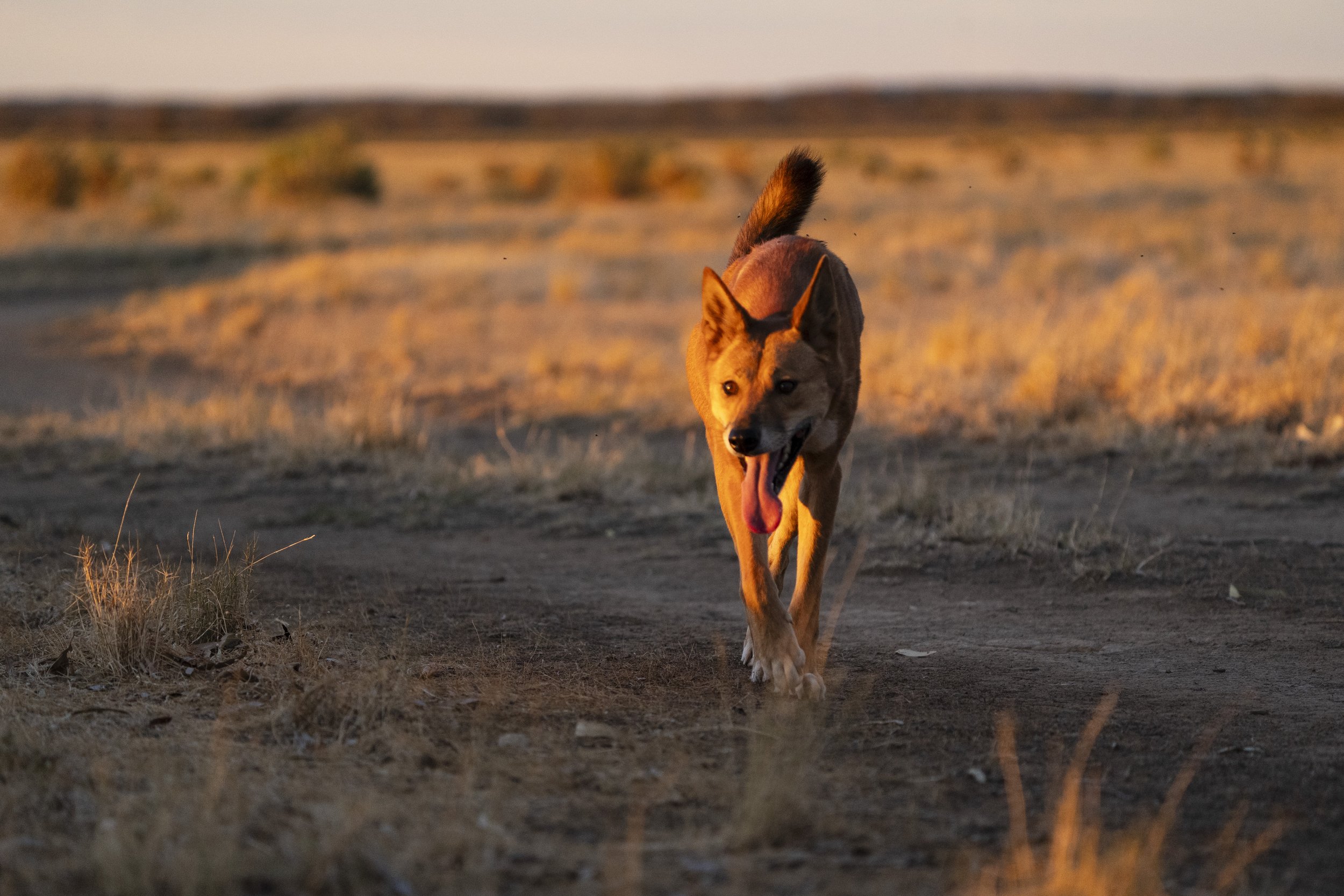
1080 poison factsheet
1080 (sodium monofluoroacetate) poison is a tasteless, odourless, colourless, water-soluble metabolic poison. It is one of the most toxic substances in the world. 1080 is lethal to all organisms that rely on oxygen to survive (including humans) and there is no known antidote.
1080 poison is used to target a number of species across the country, including dingoes. There are numerous dangers associated with the use of 1080 poison, including that the long term impacts of applying this deadly poison to our natural environment are relatively unknown.
How does 1080 poison work?
Every living thing is made up of units called cells, which are the building blocks of all life. In animals that have muscles, cells create energy from the food we consume and acts as fuel for the body. This process is known as the Citric Acid Cycle.
1080 poison works by inhibiting these important pathways, which causes organ failure and death. Ultimately, 1080 interferes with the body's essential mechanism for creating energy, depriving it of what it needs to survive.

Symptoms of 1080 poison baiting
The time between ingestion and death is highly variable. It can take anywhere between 30 minutes and 72 hours from the time of ingestion. In all animals, there is an extended amount of time between when they ingest the poison and when they first show symptoms of poisoning.
Symptoms of 1080 poisoning include frenzied behaviour, anxiety, hypersensitivity, vomiting, screaming, shaking, uncontrollable urinating and defecating, convulsions, seizures, difficulty breathing, coma and death. On the basis of the suffering it causes, a study published by an RSPCA Australia scientist in the Animal Welfare journal concluded that 1080 “should not be considered a humane poison”.
Native wildlife immune?
It is often believed that Australia’s native wildlife are resistant to 1080 poison as it occurs in some native Australian plants. However, this is an evolutionary defence mechanism against grazing herbivores. In reality, Australian animals vary significantly in their sensitivity to 1080. None have developed an immunity or resistance to it. 1080 poison is indiscriminate and lethal to all living species; it poses a threat to a wide range of species other than dingoes.
In Tasmania, 1080 poison is used to target a number of native animals, including brushtailed possums, Bennet’s wallabies and pademelons.
Other non-target animals at risk when 1080 poison is used include antechinus, kookaburra, brush-tail possum, magpie, black-headed monitor, northern brown bandicoot, long-nose bandicoot, green catbird, grey shrikethrush, brush turkey, short-eared brushtailed possum, dunnart, fawn-footed melomys, crow, lace monitor, long-nosed potoroo.
Secondary poisoning
There are two ways an animal can die from 1080 poisoning. They can ingest baits laced with 1080 poison directly or by consuming the toxic flesh of another poisoned animal. This is known as primary and secondary poisoning. Canines, including dingoes, are particularly susceptible to secondary poisoning.
Secondary poisoning has been found to kill non-target animals. Some birds are susceptible to both primary and secondary baiting. Due to 1080 poison baits often being taken by non-target species, some baiting programs intentionally distribute high densities.

Domestic pets at risk
Canines are particularly susceptible to 1080 poisoning, meaning domestic pet dogs are at risk of being killed by ingesting it. Tragically, this is not an uncommon occurrence across Australia and many community members experiencing the loss of their dogs to 1080 poison. A recent study into people’s experience of their dogs' death from 1080 baiting has highlighted the deep trauma and grief associated with witnessing companions die in this way.




